I had to write a c++ code for the following packet header:

Original image link, PNG version of the above JPEG.
Here is the struct code I wrote for the above Packet Format. I want to know if the uint8_t or the uint16_t bit fields are correct
struct TelemetryTransferFramePrimaryHeader
{
//-- 6 Ocets Long --//
//-- Master Channel ID (2 octets)--//
uint16_t TransferFrameVersionNumber : 2;
uint16_t SpacecraftID : 10;
uint16_t VirtualChannelID : 3;
uint16_t OCFFlag : 1;
//-----------------//
uint8_t MasterChannelFrameCount;
uint8_t VirtualChannelFrameCount;
//-- Transfer Frame Data Field Status (2 octets) --//
uint16_t TransferFrameSecondaryHeaderFlag : 1;
uint16_t SyncFlag : 1;
uint16_t PacketOrderFlag : 1;
uint16_t SegmentLengthID : 2;
uint16_t FirstHeaderPointer : 11;
//-----------------//
};
How do I ensure that that the LSB -> MSB is preserved in the struct ?
I keep getting confused, and I've tried reading up but it ends up confusing me even more.
PS: I am using a 32bit processor.